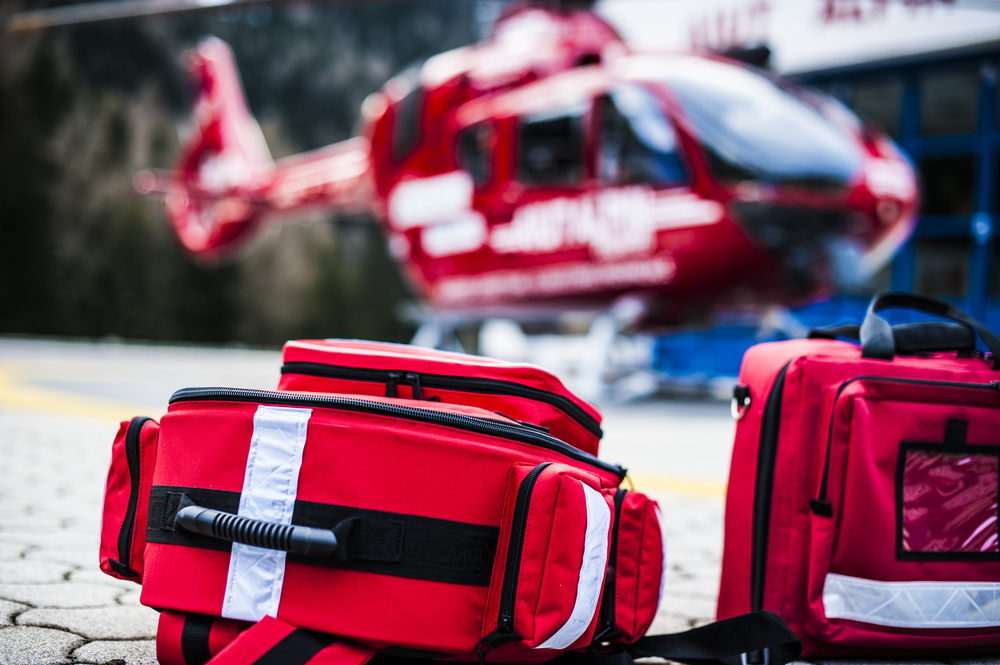
First responders from the United States and Canada recently took part in a training exercise that demonstrated communications interoperability between the two countries if disaster strikes on or near the border.
The fifth Canada-U.S. Enhanced Resiliency Experiment (CAUSE V) was held in November at the border of Bellingham, Washington, and Abbotsford, British Columbia. The experiment used a mock volcanic crater collapse and mudflow scenarios to test real-time communications interoperability.
“CAUSE V broke down barriers to interoperability by demonstrating that a national network, much like America’s FirstNET, can join forces with a similar network in Canada and behave like one network from a public safety user perspective,” Glen Weimer, the project manager for Defense Research and Development Canada’s Centre for Security Science (DRDC CSS), said. “In addition, this cross-border communications interoperability highlighted potential harmonization with the U.S. system.”
The training scenario was devised by the U.S. Geological Survey based on the history of Mount Baker, an active volcano in the region. Communications were coordinated by a public safety broadband network that gave priority to first responders. The network also seamlessly shifted excess users to other networks in the United States or Canada when a network became too congested.
“One of the challenges in today’s virtual social environment is the overwhelming amount of event-related information shared by the public via social media — some of which can be inaccurate,” Denis Gusty, the U.S. Department of Homeland Security Science and Technology Directorate project manager, said. “First responders do not have the resources or the time to sort through all of the social media information to determine which information is relevant.”
Volunteers taking part in the exercise in Langley and Whatcom counties collected information from simulated social media sites to help inform decision makers on how social media can play a role in disaster response.




